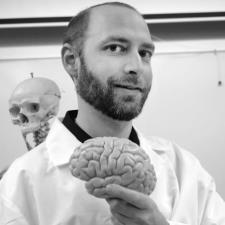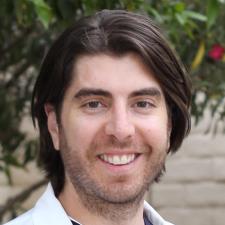
Maria M. answered • 03/27/21
Biology EOC/AP Biology- PLTW Biomedical Tutoring Sessions (Eng/Span)
The following are the steps leading to muscle contraction (aka the sliding filament theory)
- It all begins with a stimulus ( nerve impulse )
- This will cause a chemical called acetylcholine to be released and travel into the muscle tissue.
- Once acetylcholine enters the muscle tissue, this will cause Calcium (Ca+) to be released.
- The calcium will trigger THE MUSCLE CONTRACTION... Calcium is a MUST HAVE in order for muscle contraction to occur.
- The Calcium will BIND to troponin. Therefore, the binding will cause tropomyosin to move in such a way that will perfectly click and attach with ACTIN (like a puzzle piece)- AKA the Cross-Bridge. In other words, a connection between Actin and tropomyosin was moved because of Troponin.
- Here is where another essential component comes into play. ATP will break down and release energy (similar to a close stick when new and then cracked). This will cause MYOSIN to pull ACTIN inward- AKA a power stroke in which the Sarcomere shortens.
- When the sarcomere shortens, the muscle contracts. When the sarcomere lengthens, the muscle relaxes.
- Therefore, if there is no initial stimulus or impulse, there is no muscle contractions because there will be no calcium and the sarcomere will not move. It all works like a domino effect :) One steps leads to the other and other.
I hope this explanation helps. Please feel free to message me if you have additional questions.





